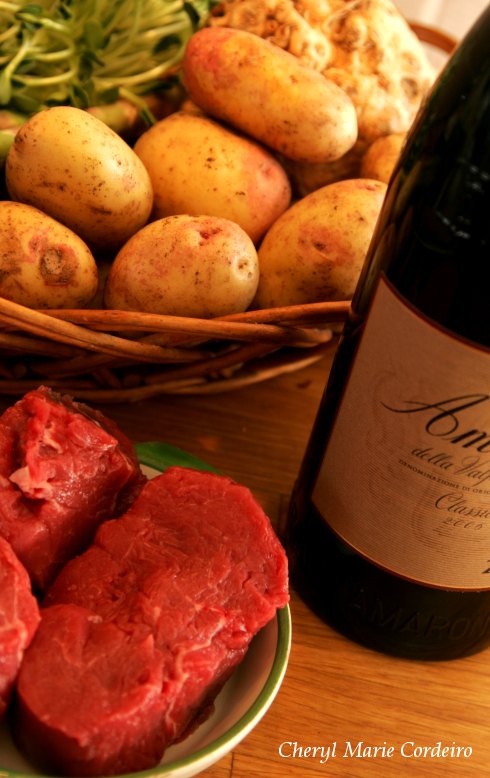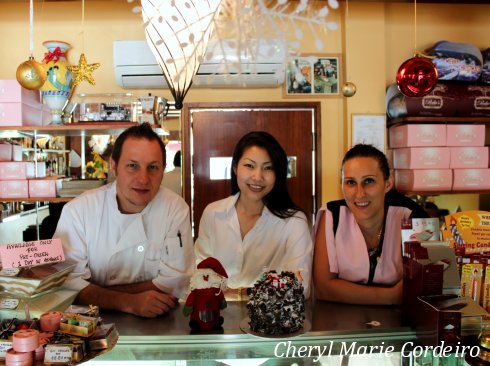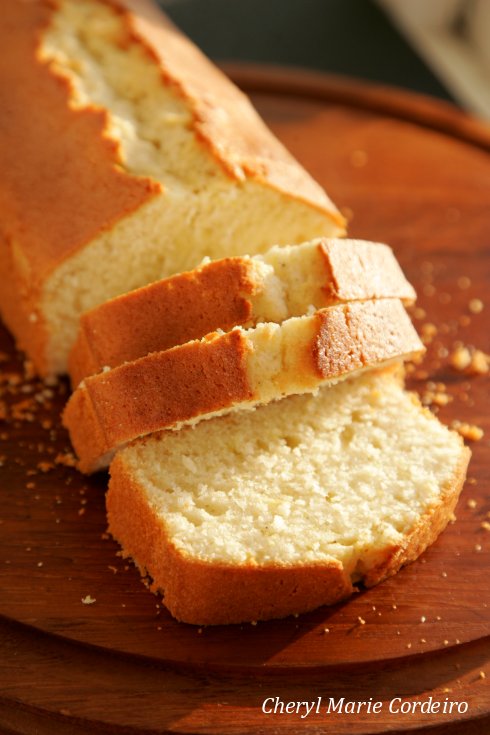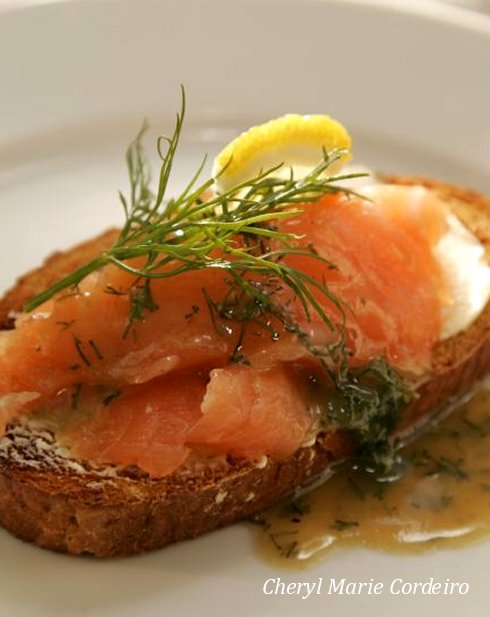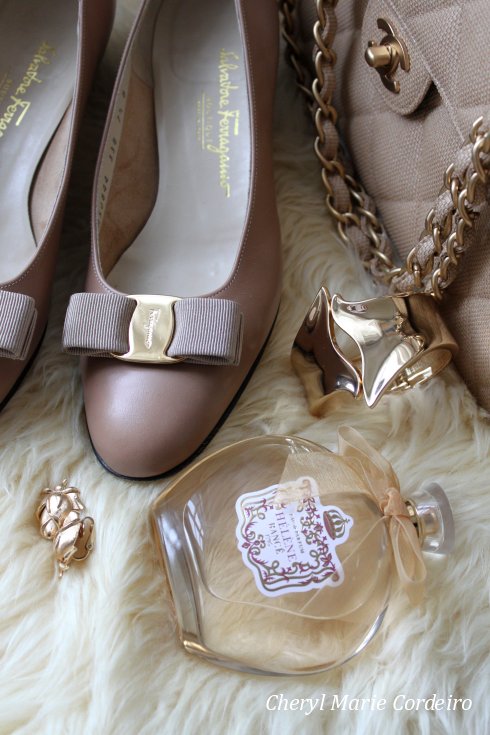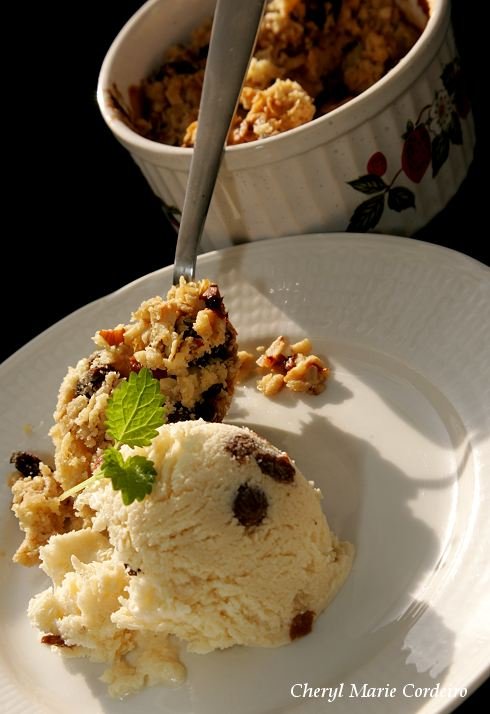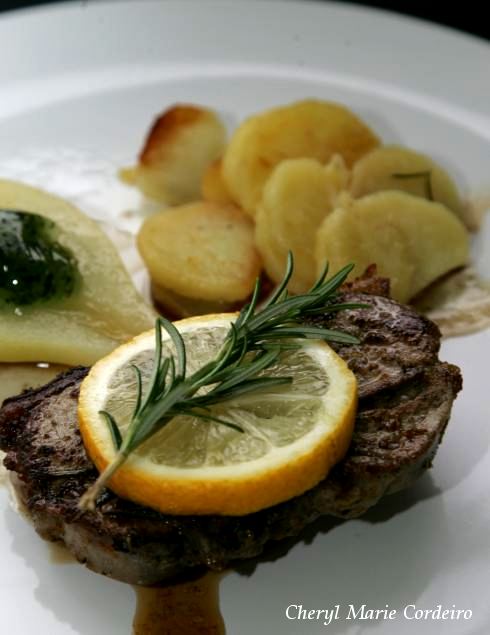
Lamb cutlets
with garlic and rosemary fried potatoes and wine poached pears.
J E Nilsson and C M Cordeiro-Nilsson © 2010
Just recently I was looking for inspiration in the local food store, when suddenly some of the best cuts of lamb cutlets I have seen in a long while stared me in the face. So that was easy. Nice, thick and juicy cuts from the lower back and with the filé left in place. Perfect.
I always find cooking lamb a bit of a challenge. However we look at it, lamb is far from an everyday dish where we live. In Sweden it’s a traditional meal that belongs to the autumn and winter season and to have lamb is a little event in itself. Because of this, there are a lot of unspoken expectations surrounding these meals. One of which is the hope that it will turns out good, another the fear that it will not.
However, since this dish worked out fine, I will share what we did, not the least so I will remember it myself.
First of all, there are many traditions in which to cook lamb and ours was inspired by Italy and Greece, as in lots of garlic and olive oil, and only a vague idea about keeping tabs.
Continue reading “Rosemary Lamb Cutlets with wine, lemon and honey pears”
